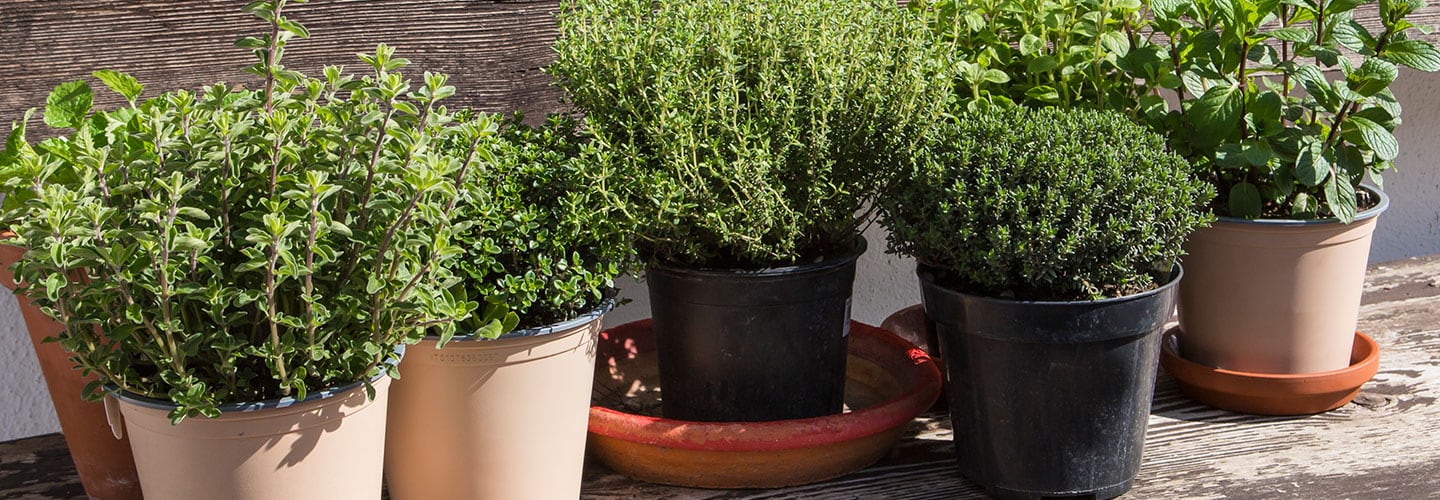For some people, their backyards aren’t the most hospitable environment for a nice garden. There’s too much shade in the spot that has room for it. Or maybe it’s too wet of an area. When this happens, that means it’s time to construct or purchase a raised garden bed. Once you’ve built or bought a raised garden bed, you’ll want to ideally place it in a spot that gets a lot of sun—even if that means it’s on pavement or concrete. Raised beds open up your ability to plant in a bunch of new locations. Here are a few tips to make sure your experience goes well.
LOCATION
Make sure you pick a location that has easy access to water and that gets plenty of sun (at least six hours, but more wouldn’t hurt).
BUILT TO LAST
A strong and sturdy raised bed can be made from wood, brick, or metal and should be eight to 12 inches deep.
EARLY START
Because the soil in raised beds is less compacted, it warms up earlier in the planting season and allows for planting sooner than if you were planting in a normal garden bed.
STAY FLUFFY
In addition, that less compacted soil makes it easier for roots to establish and grow. Keep the soil a bit fluffy by turning up soil at least once a year—this loose, fertile soil helps create more bountiful harvests.
START STRONG
Add a professional-grade organic fertilizer such as our Beyond Peat™ Raised Bed Mix at the beginning of the season to start plants off on the right foot. Feel free to add a small layer of gravel at the bottom to aid in drainage.
After planting, feel free to mulch your raised bed to help minimize weeds and keep the soil moist during possible droughts throughout the year.
OPTIMIZED SPACE
Leverage trellises to maximize the limited space that comes with a raised bed.
MIDSEASON FEEDING
Every two to three months, recharge your raised bed’s soil by turning over and breaking it up with more Raised Bed Mix, helping to keep the soil nutritiously rich for optimal growth.


